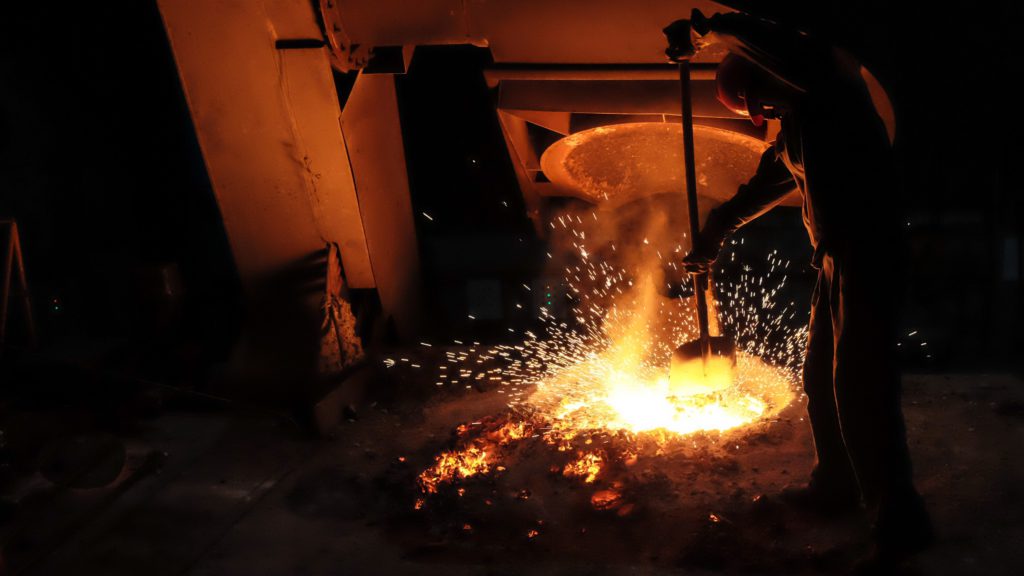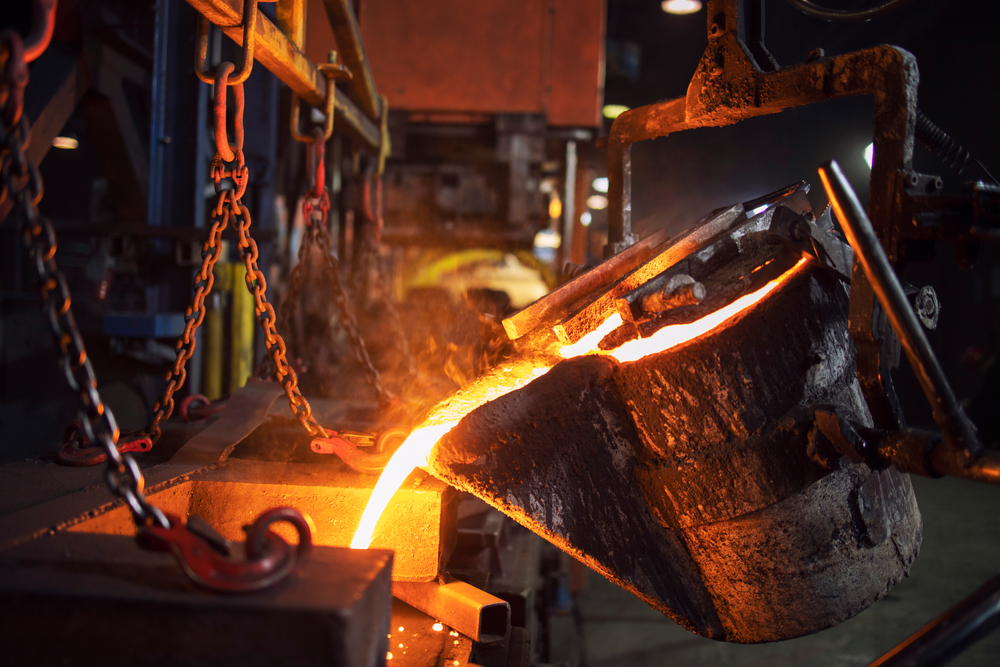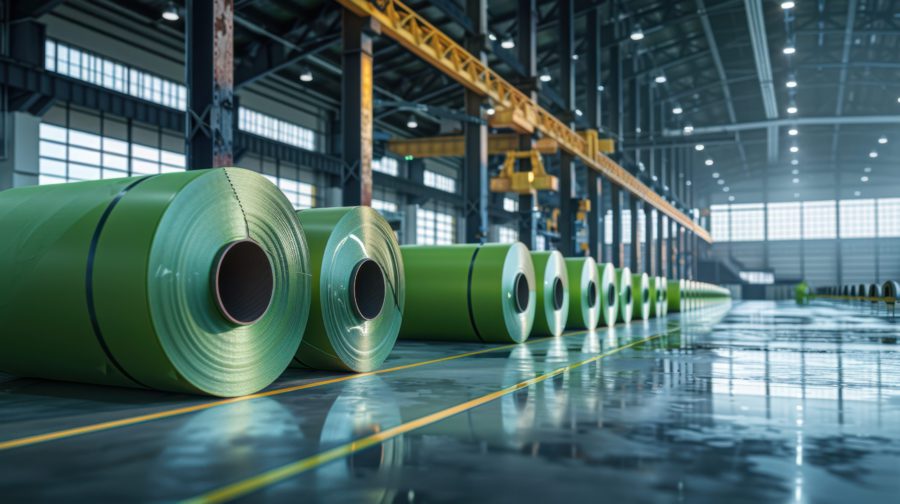Iron ore may see structural shift on lack of new supply, decarbonization

(The views and opinions expressed herein are the views and opinions of the author, Clyde Russell, a columnist for Reuters.)
Much of the iron ore debate focuses on the outlook for demand in China but bubbling in the background are two factors likely to cause a structural shift in the market for the steel raw material – the lack of new supply and decarbonization.
What happens in China is the main driver of short- and medium-term iron ore prices, which isn’t surprising given that it buys almost two-thirds of all sea-borne volumes and produces about half of the world’s steel.
What receives less attention is the state of supply, and this is perhaps because it has been largely stable in recent years, and only really becomes a market issue when there is a significant disruption, such as cyclones in top producer Australia or coronavirus-related production and transport difficulties in number two shipper Brazil.
But dig a little deeper and it becomes clear that at best iron ore supply is likely to remain steady in coming years, with the major miners only investing enough to replace depleting mines and junior producers not aiming to add much more than relatively small volumes.
This hasn’t been much of an issue so far but the question is what happens if global steel demand continues to increase at more or less the same pace it has done in recent decades?
Steel demand grows at roughly the same pace as the global economy, and if a compound annual growth rate of 2.5% is assumed, steel consumption will have more than doubled by 2050.
There are always caveats to this type of long-range forecast, and there are also other factors that could have an impact on how much iron ore will be needed.
These include the likelihood that China will reach peak steel demand sometime this decade, and the increasing use of scrap in China and elsewhere in Asia.
But it’s worth noting that in other countries that have industrialised, peak steel was followed by a gentle decline in demand, rather than a sharp drop.
A further factor is that there are still some two billion people living in countries in Asia that are well behind China on the industrialisation scale, and these are likely to want to boost steel demand in the coming decades.
The lack of investment in additional iron ore capacity was one of the themes at the Global Iron Ore and Steel Forecast Conference in Perth this week.
The iron ore industry needs to add 100 million tonnes of new capacity every year just to replace mines that are depleting, Paul McTaggart, lead metal and mining analyst at Citi, told the conference.
While the major miners in Australia, such as Rio Tinto, BHP and Fortescue Metals, all have substantial investment plans and are developing new mines, in effect their capacity will remain more of less steady over the coming years.
It is possible that these iron ore giants are responding to shareholder demands for greater dividends from the current high prices, or perhaps they are still smarting from memories of the period from around 2011 to 2017, when too much capacity came online and the spot price of iron ore traded at low levels for an extended period.
They may also be sceptical of just how much steel is likely to be needed to build out renewable energy solutions in the drive to decarbonize the global economy.
Whatever the reason, it would appear that there may not be enough iron ore to meet rising demand among developing Asian countries as well as for steel-intensive renewable technologies such as wind turbines and electricity grids to handle intermittent renewable generation.
Carbon constraints
The impact of decarbonization is a further uncertainty for iron ore producers.
The current process of turning ore into crude steel is energy intensive and largely powered by coking coal.
One way of reducing the amount of coal needed per tonne of crude steel is to use higher grade iron ore, and this is likely to drive a two-speed iron ore market, where high-grade material commands a widening premium over lower-quality ore.
If there is a looming supply shortfall, it’s likely that lower-grade iron ore will still be needed, but it may have to be priced at a substantial discount in order to justify the higher energy cost of turning it into steel, and possibly the price of carbon emissions, assuming China and others extend carbon pricing to industrial processes.
Decarbonization may also alter the way in which iron ore is turned into steel, with the possibility of using hydrogen to produce direct reduced iron, also called sponge iron, which is then turned into steel in an electric arc furnace.
This wouldn’t eliminate carbon emissions from producing steel but it would lower them substantially.
Once again, this method favors higher-grade iron ore, meaning that miners may have to invest in facilities to beneficiate lower grades in order to make them more suited to a carbon-constrained world.
The issue is that investments in additional iron ore capacity and upgrading have long lead times, and even if they were made today, the products may not reach the market in time.
(Editing by Robert Birsel)
{{ commodity.name }}
{{ post.title }}
{{ post.date }}



Comments